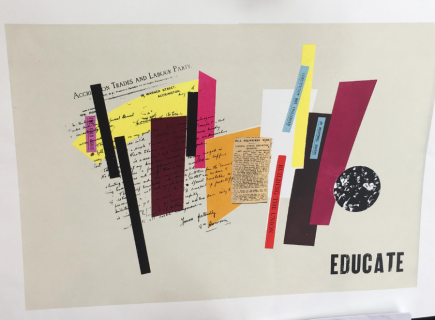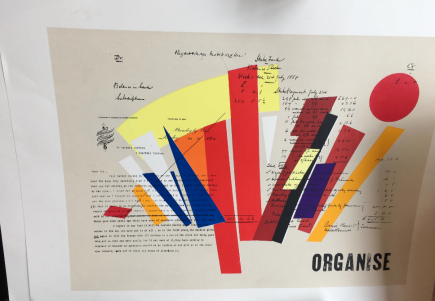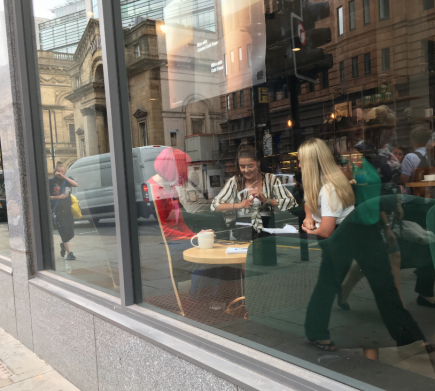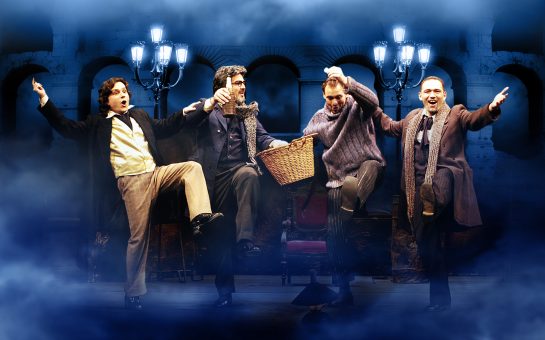“It was one of the most exciting commissions I’ve done.”
Manchester artist Hazel Roberts’ enthusiasm shines through when she tells MM about being commissioned by the TUC to create three pieces of art work celebrating their 150th anniversary.
“It was complex, but rewarding because I got a lot of positive feedback,” adds Hazel, who this summer won the Left Bank Leeds Art Prize.
Can’t believe it. I’ve only gone and won the Leeds left bank art prize. God know how everyone was so talented. #leftbankleeds #artprize #printing #screenprint #constructivism #exhibition pic.twitter.com/pVfubzFz4L
— hazel roberts (@hazelEroberts) July 22, 2018
Complex is a modest understatement when you consider the history behind the Trades Union Congress – the body formed in northern England in the 1860s and who had their first official meeting at Manchester’s Mechanics’ Institute on June 2, 1868.
Assembled by Manchester and Salford Trades Council, it was regarded as the first official congress, although organised workers in different trades had frequently co-operated before.
The idea of the organisation was to form a national united voice to defend the rights of workers. Several ideas were put forward and the congress pledged to hold an annual congress, for the purpose of bringing the trades into closer union.
We’re watching the unveiling of the @TUCNorthWest‘s gift to @MechanicsManch for the @The_TUC 150th anniversary with @AndyBurnhamGM @lynncollins65 pic.twitter.com/be1yFSFcNL
— Manchester TUC (@TUCManchester) September 7, 2018
They also agreed that unions should not only be a united voice, but that the TUC should take part in parliamentary matters that would benefit the working classes.
The TUC changed the lives of workers across Manchester and the UK. Their hard work and determination entitled workers to sick pay, pay rises, redundancy protection, pensions and safer working conditions.
A lot has changed in 150 years, and in 2018 the TUC’s vocation still remains the same: to stand up for working women and men and make sure their voices are heard.
Hazel took the same approach when she was given her privileged yet somewhat daunting task.


“I went round and talked to people in the union and I asked them what the union meant to them – at first I was picking things out of history.
“I was trying to keep it quite local using references to things like the general strike.
“Out of this and talking to people that’s where the themes educate, agitate and organise came from.
“It became apparent that everyone had a similar message.”
A TUC believer, Hazel said although she spent long hours putting the work together –she screen printed 27 colours onto some of the commissions (a complex mission that she simply did to push herself) – she was reacquainted with some old tunes.
“There were a lot of all-nighters and music is what got me through spending nights on the pieces.”
You can read more about the TUC here and follow Hazel on Instagram here.




